Aviation - Crystalinks (original) (raw)
Aviation
Flying has been part of our reality since man first saw birds soar across the sky -
creating myths about Gods who flew down to Earth to create humans.
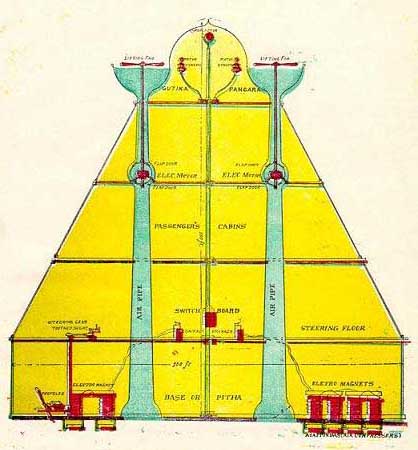
The historical record depicts flying objects on tablets, stone monuments, petroglyphs, and other art forms dating back millennia. There is are tales of ancient flying vehicles called Vimanas in India and Egypt. Flying seems to hold many of the answers to the ancient mysteries that have always intrigued humanity.
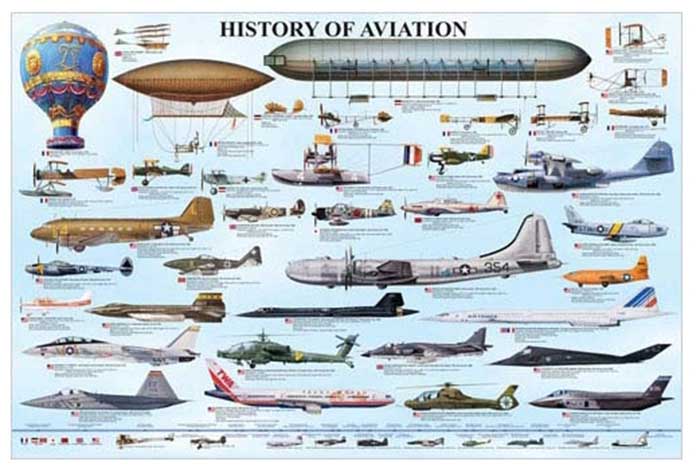
The history of aviation has extended over more than two thousand years, from the earliest forms of aviation, kites and attempts at tower jumping, to supersonic, and hypersonic flight by powered, heavier-than-air jets. Kite flying in China dates back to several hundred years BC and slowly spread around the world. It is thought to be the earliest example of man-made flight.
Leonardo da Vinci's 15th-century dream of flight found expression in several rational but unscientific designs, though he did not attempt to construct any of them. The discovery of hydrogen gas in the 18th century led to the invention of the hydrogen balloon, at almost exactly the same time that the Montgolfier brothers rediscovered the hot-air balloon and began manned flights.
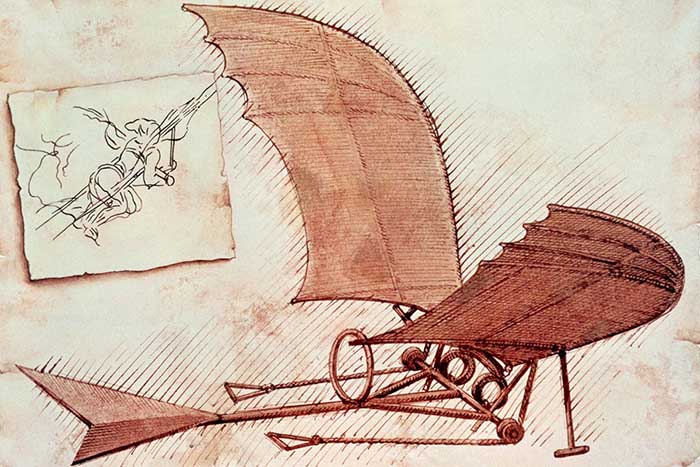
Various theories in mechanics by physicists during the same period of time, notably fluid dynamics and Newton's laws of motion, led to the foundation of modern aerodynamics, most notably by Sir George Cayley.
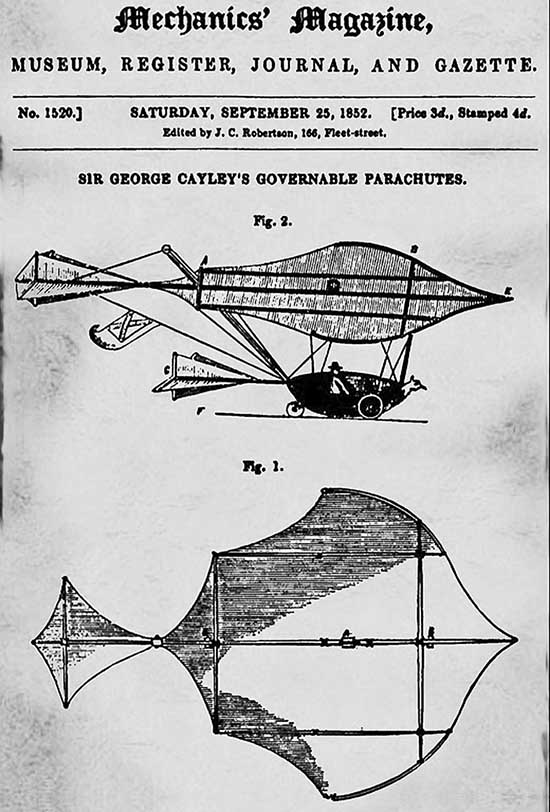
Balloons, both free-flying and tethered, began to be used for military purposes from the end of the 18th century, with the French government establishing Balloon Companies during the Revolution.
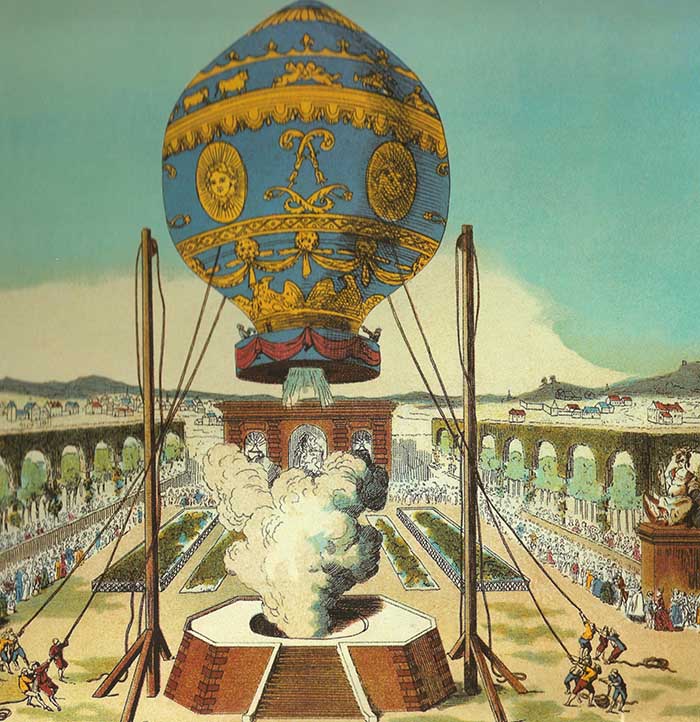
Experiments with gliders provided the groundwork for heavier-than-air craft, and by the early 20th-century advances in engine technology and aerodynamics made controlled, powered flight possible for the first time. The modern aeroplane with its characteristic tail was established by 1909 and from then on the history of the aeroplane became tied to the development of more and more powerful engines.
Gliders - The Wright Brothers
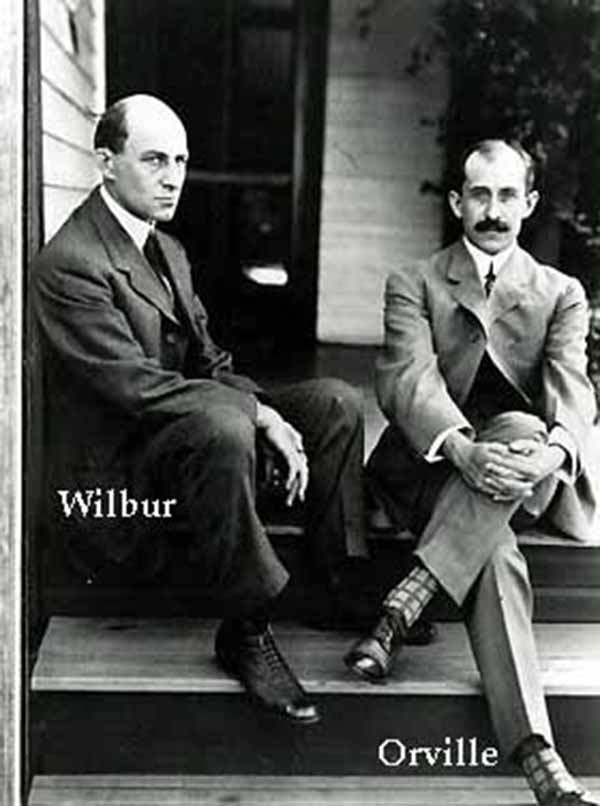
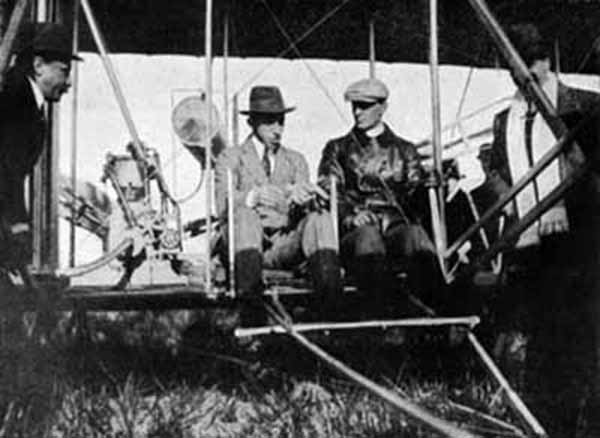
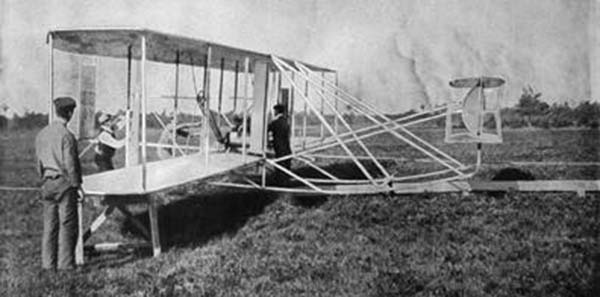
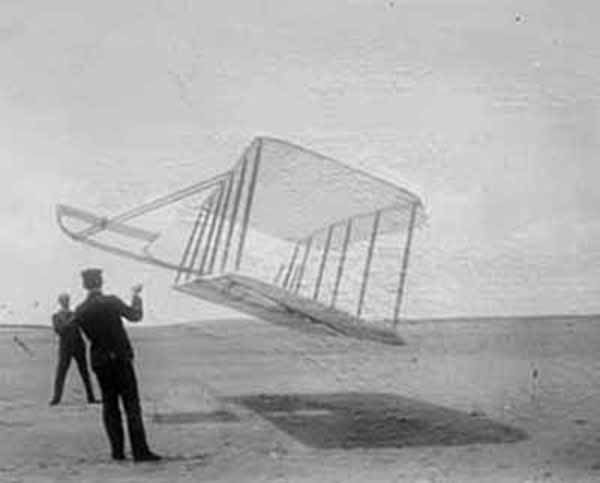
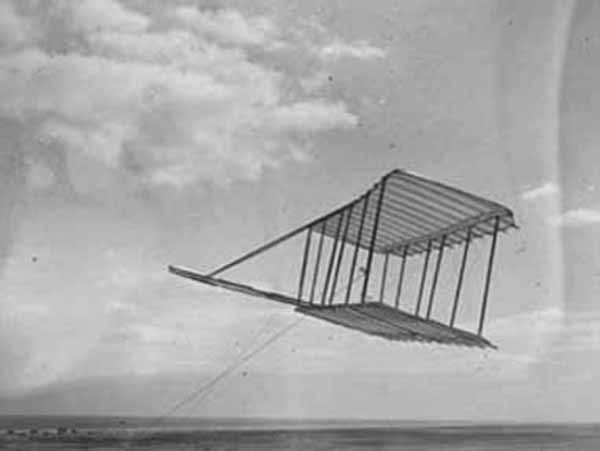
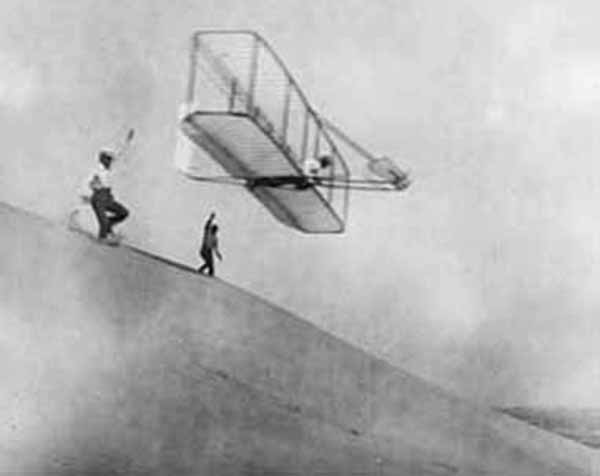
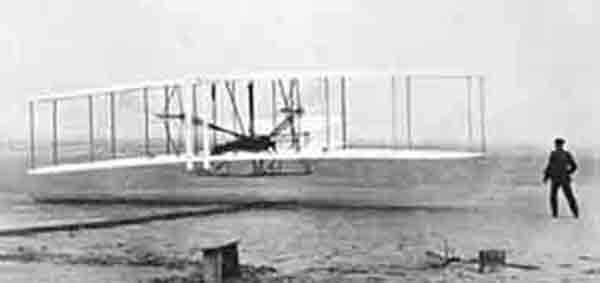
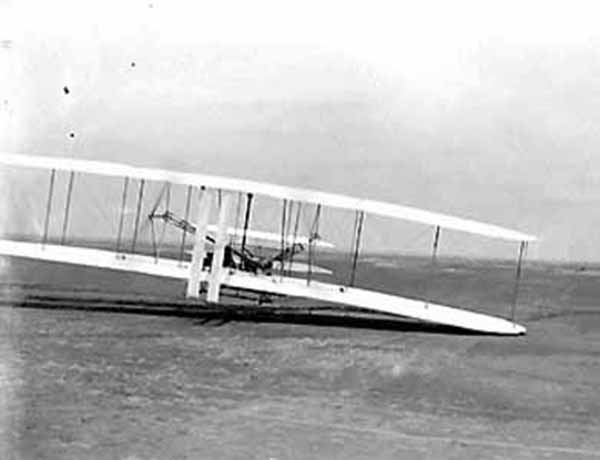
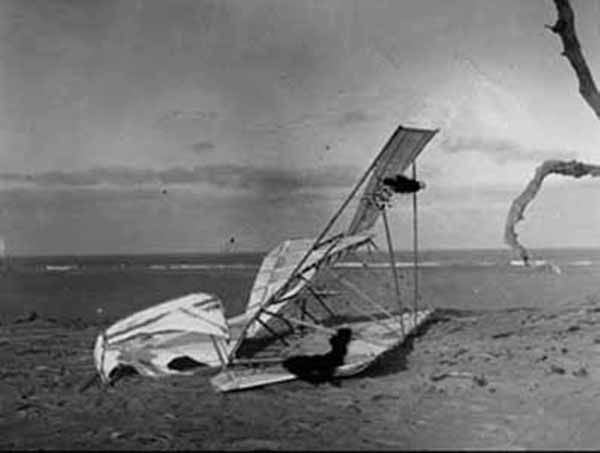
The first great ships of the air were the rigid dirigible balloons pioneered by Zeppelin, which soon became synonymous with airships and dominated long-distance flight until the 1930s, when large flying boats became popular. After World War II, the flying boats were in their turn replaced by land planes, and the new and immensely powerful jet engine revolutionized both air travel and military aviation.
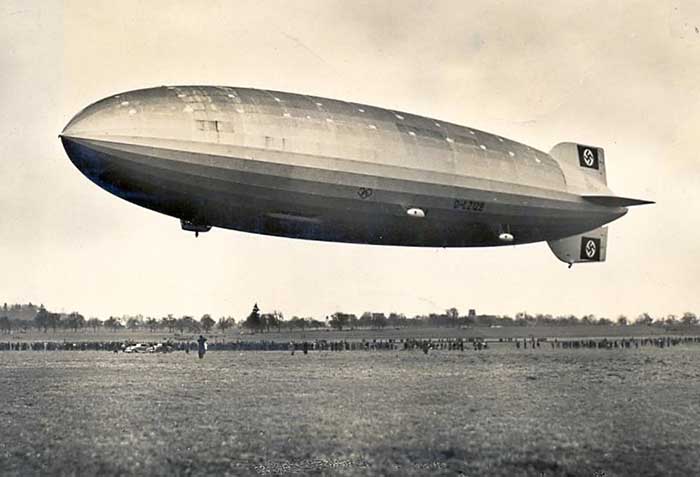
In the latter part of the 20th century the advent of digital electronics produced great advances in flight instrumentation and "fly-by-wire" systems. The 21st century saw the large-scale use of pilotless drones for military, civilian and leisure use. Read more
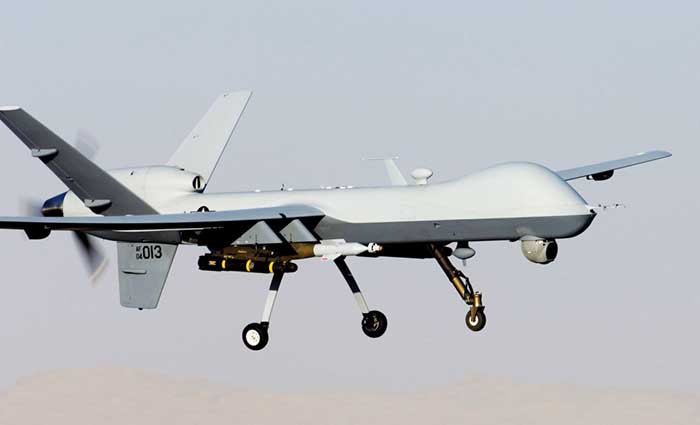
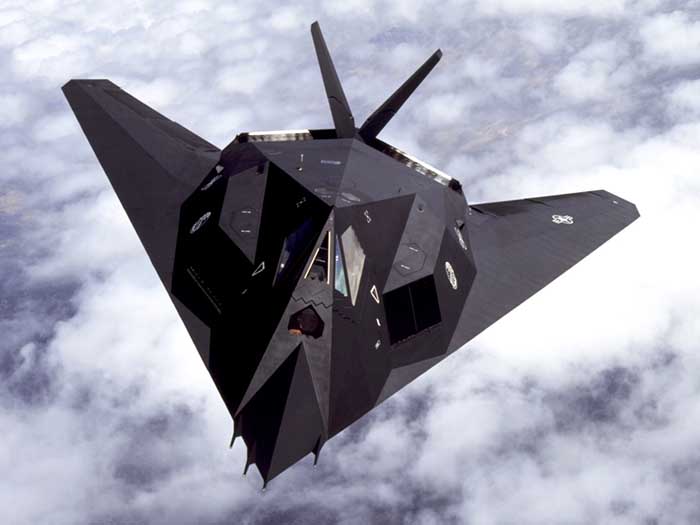
In the News ...
Meet 'Baby Boom': Richard Branson-backed mini-concorde that can fly from London to New York in 3.5 hours is unveiled Daily Mail - November 16, 2016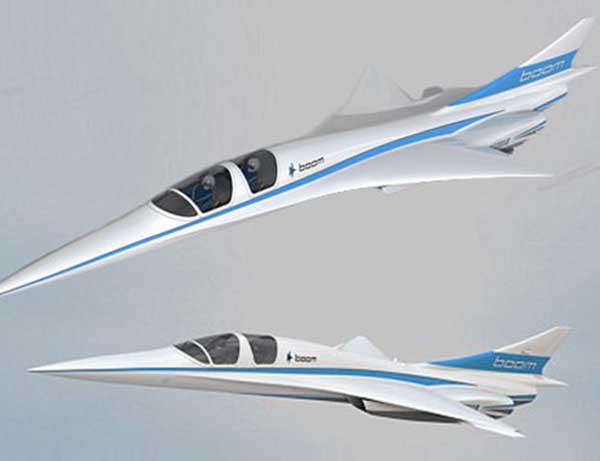
A sub-scale prototype of a futuristic supersonic passenger airliner has been revealed for the first time, ahead of its official unveiling. Created by aerospace company Boom and backed by Virgin tycoon Richard Branson, the 'Baby Boom' jet could usher in a new era of affordable supersonic travel. Claimed to be the 'world's fastest civil aircraft ever made', the XB-1 Supersonic Demonstrator is due to take off on its first test flight in late 2017 and could take passengers from London to New York in 3.5 hours, its maker claims.
Hypersonic planes are 'inevitable' and will revolutionize travel (and war), top aerospace and military bosses predict Daily Mail - November 7, 2016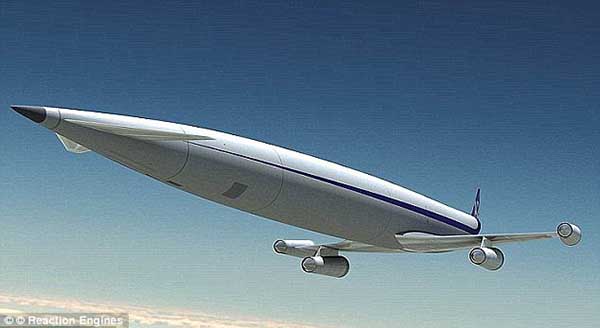
Aviation giants now say hypersonic flight is an 'inevitable' step that will revolutionize travel, and the US is calling for more commitment and funding to help them lead the way. At the Forum on American Aeronautics late last month, officials from top aeronautics agencies including NASA, the Air Force, and Lockheed Martin, said we are now on the brink of a new era in air transportation. According to the experts, however, bringing this technology to practical use over land will require significant reductions in the sonic booms caused by the craft, and numerous firms are now working to tackle this challenge. It's said that hypersonic flight, which achieves at least five times the speed of sound, could go anywhere in the world in just four hours.
Hypersonic Flight Is Coming: Will the US Lead the Way? Live Science - November 7, 2016
The world is at the start of a renaissance in supersonic and hypersonic flight that will transform aviation, but the effort will need steady commitment and funding if the United States wants to lead the way, congressional leaders and industry officials said at a forum late last month.
Mythology
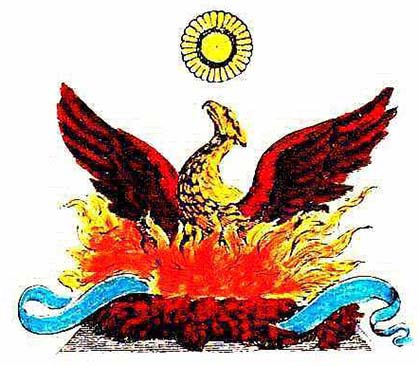
Winged beings symbolize ascension, rebirth, and creation Phoenix